Frequently Asked Questions
Introduction
Exercising isn't always easy, especially if you're new to the gym. Going to a place where everyone else seems more experienced than you can be intimidating, and it's normal to not understand how or why different exercises work. If this is your first time visiting a gym, don't worry - we've compiled some of the most frequently asked exercise questions from people new to the gym so that you can start your journey off on the right foot! With our answers and advice, we want to empower you with confidence when beginning any new physical activity, enabling you reach your fitness goals faster while staying safe along the way. Let’s get started!
How can I get started with working out?
Start by setting realistic goals for yourself, such as exercising for 45 minutes at least three days a week. Find an activity that you enjoy doing, whether it's jogging, cycling, swimming or weight lifting. Make sure you have the right equipment and clothing before starting any physical activity. Finally, talk to your doctor to make sure you are fit enough to start working out. This will help ensure that you stay safe while exercising and get the best results from your workout routine!
What are some benefits of working out?
Working out regularly has a range of physical and mental health benefits. Physically, it can help to improve your cardiovascular fitness, build muscle strength and endurance, reduce body fat levels and tone muscles. Mentally, exercise can help to improve mood and reduce stress levels. Working out also helps in improving sleep quality, bone density and overall sense of well-being. Additionally, regular physical activity boosts energy levels and reduces fatigue throughout the day.
How often should I work out?
It depends on your fitness goals and current physical condition, however, it is generally recommended to work out at least 3-4 times a week for 30 minutes or more. If you are looking to make major changes or improve certain areas of your fitness, then you may want to increase the frequency and duration of your workouts. It's important to also listen to your body and give yourself adequate rest in between exercise sessions. Overall, make sure that you establish an achievable routine that works best for you!
Why does my body hurt after I work out?
Your body may be experiencing delayed onset muscle soreness (DOMS) after a workout, which is the result of micro tears in your muscles and connective tissue. This type of pain usually starts 12 to 24 hours after exercising and commonly peaks between 24 to 72 hours. Other possible causes for post-workout aches include lactic acid buildup, dehydration or a lack of stretching.
What is better, light weights/high reps or heavy weights/lower reps?
What you are trying to achieve? Light weights and high reps are generally better suited for endurance and toning, while heavy weights with lower reps can help build up muscle strength and power. If you're looking to increase your overall muscle mass, then a combination of light and heavy-weight training is the best approach.
To maximise results, it's important to adjust your workout routine based on your goals and current physical condition. Incorporating variety into your workouts can also help to prevent boredom and ensure optimal progress!
I do heaps of crunches but I still cant see my abs, why?
While performing crunches is an excellent way to strengthen your abdominal muscles, they might not visibly define your abs if there is a layer of body fat covering them. In essence, the development of visible abs is a two-step process: muscle strengthening and fat loss. Crunches primarily target the former, contributing to muscle growth and strength in your abs.
However, achieving a toned abdomen also requires overall body fat reduction, which cannot be attained through spot-reduction exercises like crunches. This necessitates a balanced routine that includes cardio exercises, strength training, and a healthy, nutrient-rich diet to reduce body fat percentage.
Hence, if you're doing numerous crunches but not seeing your abs, consider incorporating these other elements into your fitness regimen
What is the best way to warm up before exercising?
Warming up before exercising is crucial as it helps to prepare your body for physical activity and reduce the risk of injury. A good warm-up routine typically includes some light cardiovascular exercises such as jogging or cycling, followed by dynamic stretches that target the muscles you will be using during your workout. This can include leg swings, arm circles, squats, and lunges.
Should I stretch after my workout?
Absolutely, stretching after exercise is crucial. Known as cool-down exercises, these stretches help to relax and lengthen your muscles which may have tightened during your workout. This not only helps to enhance your flexibility and optimise your athletic performance over time, but also aids in preventing injuries, reducing muscle tension, and promoting faster recovery. Post-workout stretches should ideally target all the major muscle groups that were used during your exercise session. Remember to hold each stretch for at least 45 seconds and avoid bouncing or any rapid movements to prevent muscle strain.
Conclusion
In the end, starting out in the gym might seem intimidating, but it doesn’t need to be. There are plenty of experienced friends, personal trainers and other resources which can help you find your way. Remember to take things slow and focus on technique, form and consistency first.
Pace yourself when trying out new exercises and make sure that rest days are part of your weekly schedule. Finally, if you’d like some additional help getting comfortable in the gym environment or reaching specific fitness goals, there’s no need to hesitate – reach out to one of qualified personal trainers at Suburban Fitness today who can guide you along this journey! With the right support and proper guidance, I'm confident you'll be able to reach your goals safely while having fun doing so!
